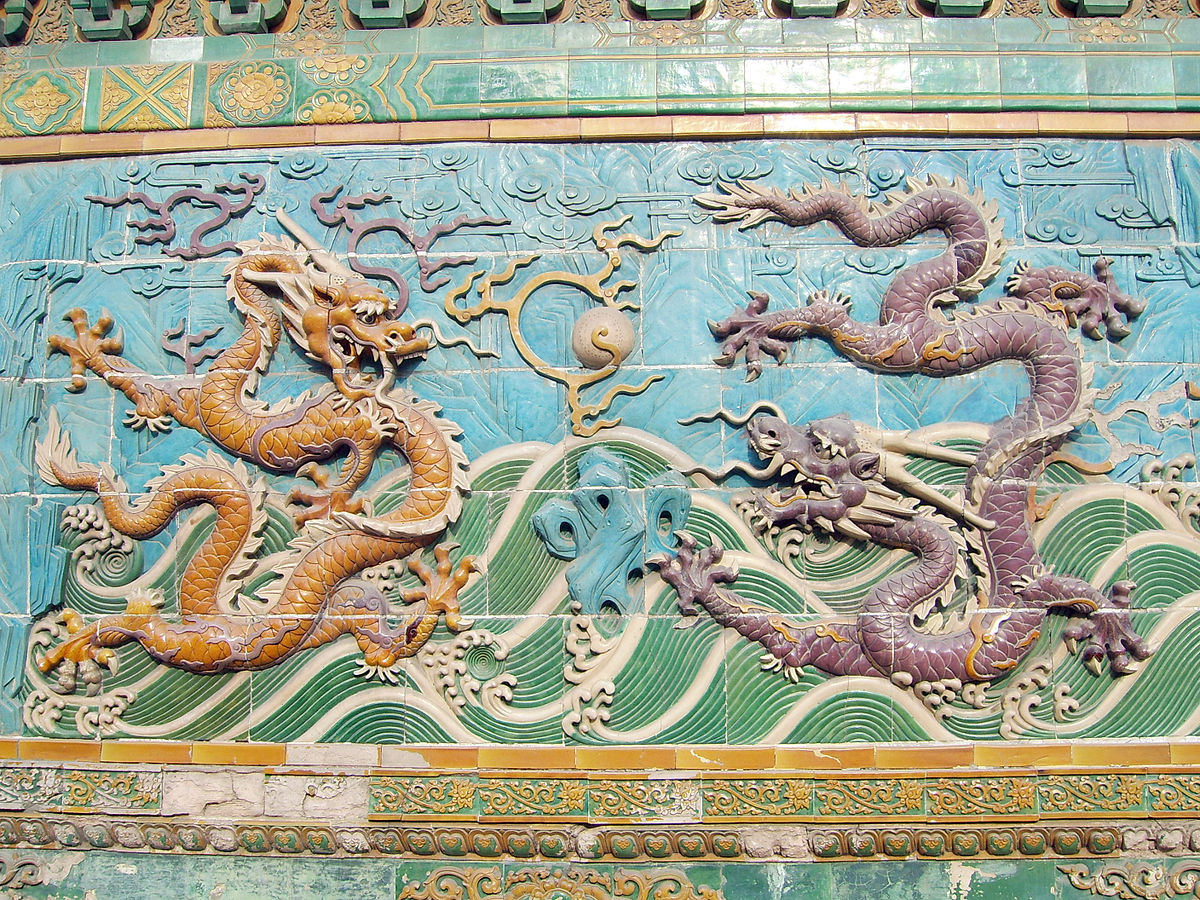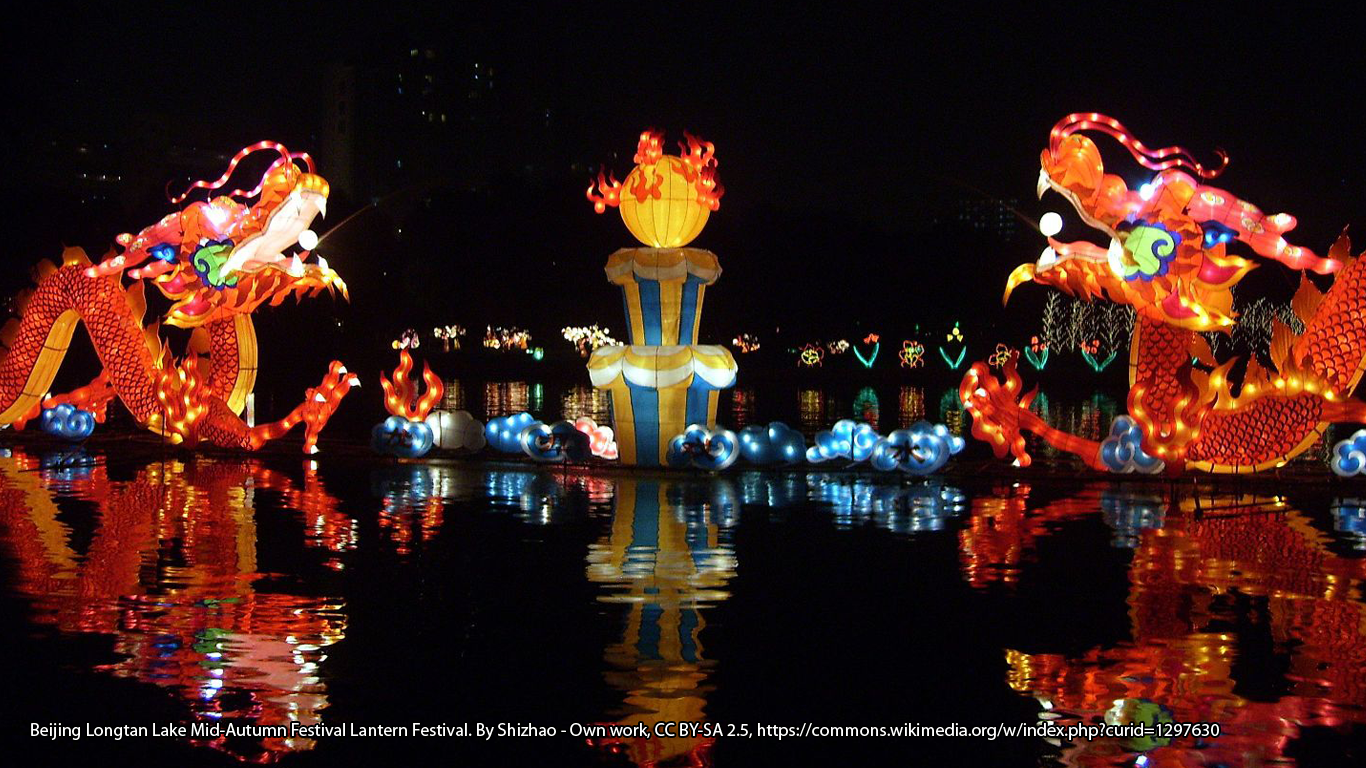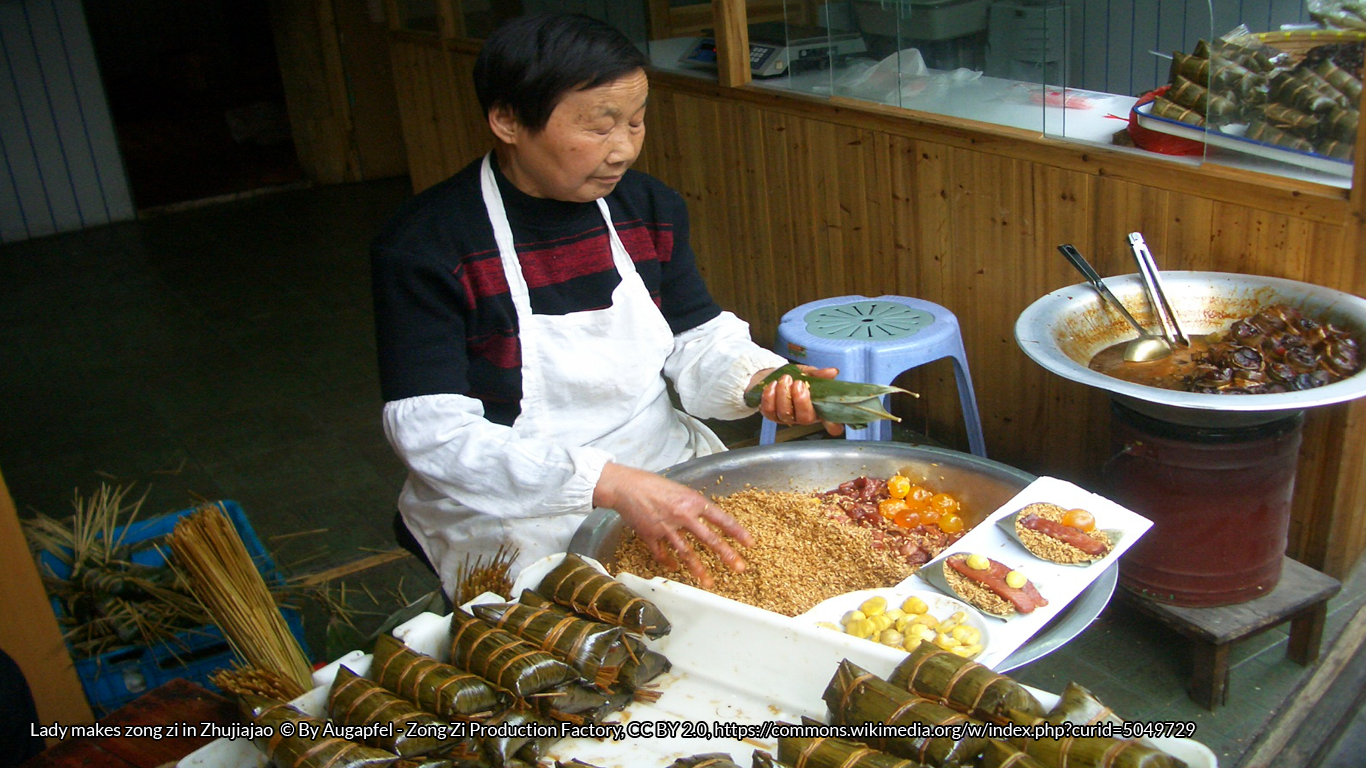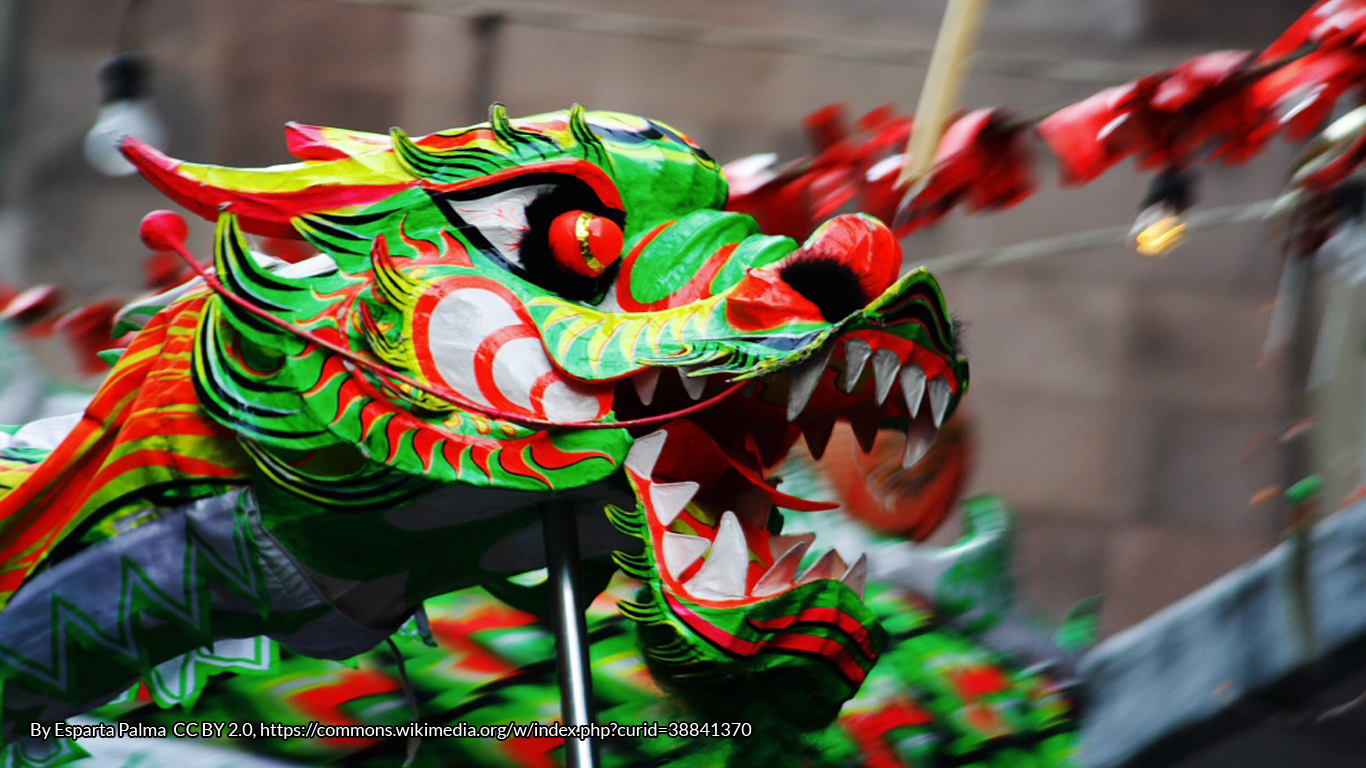Chinese dragons have always fascinated me since I was a child; so much so now I write fiction about them. They dance across the page, roaring as they fly. In one story, the dragon is the Dragon King and he causes typhoons. In another, the dragon becomes a companion and friend to the protagonist, partners in an Asian fantasy world filled with adventure and intrigue. What is so attractive about Chinese dragons? Let us find out…
Different Shapes and Size, Oh My
In mythology and folklore, Chinese dragons come in different shapes and forms like turtles and fish. Yet they are often associated with the snake-like/serpentine form found on everything from temple statues to household ornaments. Beloved of emperors, the Chinese dragon is the emblem of royalty; a symbol of his power and wealth. Chinese dragons are also auspicious; they have control over the weather and are generally welcomed by people, so much so that their presence is seen in Chinese phrases and idioms. When it poured during the monsoon and typhoon seasons, my parents would laugh and comment that we were caught in the sweep of the “dragon tail” (long wei). The dragon in the guise of a typhoon is so powerful that just a cursory sweep of its tail would cause rainstorms!
The powers of the Chinese dragon are as chimeric and fluid as its form. In folklore, it has the physical attributes of the animals in the Chinese zodiac. According to the scholar Wang Fu, the long (dragon) has nine anatomical resemblances. For example, it has a horse’s head and a snake’s tail, carp scales, and eagle claws. In fact, there is a folklore linked to the carp. According to the folklore, a carp who could leap through the Dragon Gate would become a dragon. This story is often connected to success and perseverance, especially in the civil service examinations. These days, people use the symbols of carps transforming into dragons as mottoes for hard work and success.
The long has shape-shifting powers. It can be as small as a silkworm or big and vast as the universe. The fiery ball it chases is a symbol of immortality, prosperity and wisdom. A carp can also be a dragon in disguise. Because of the Chinese dragon’s mystical strength and power, Dragon years are the most popular years to have children.
Characters and Creatures You Meet Along The Way
Folktales and folklore are a mixture of myths, Taoist and Buddhist beliefs, and local/regional history. There are four Dragon Kings of the North, South, East, and West Seas. Due to their power over the seas, these Dragon Kings often had temples dedicated to them in villages next to rivers and coasts. Offending them resulted in natural disasters like typhoons and earthquakes! Interestingly enough, the Dragon Kings are often depicted as kings or emperors, but with dragon heads. In Chinese folklore, dragons frequently appear as characters or creatures encountered along the way during the tale. “Journey To The West” sees the son of the Dragon King of the West transformed into a white horse for the monk Xuanzang, as a punishment for his misdeeds during a party in heaven. Even the staff held by the wily Sun Wukong was stolen from the Dragon King of the East! The popularity of Chinese dragons does not stop there. We see them in anime, movies and novels. There is even a period and wuxia drama series with dragons as characters living amongst human beings.

Weaving In And Out
Likewise, we can see how popular Chinese dragons are when it comes to celebrations and festivities. Chinese New Year is welcomed in by the clash of cymbals and the beat of drums accompanying dragon dances. Sometimes, dragons dance with lions for double auspiciousness. Duan Wu Festival, commemorating the death of Qu Yuan, a patriot and a scholar, is also celebrated with dragon boat racing. Furthermore, there are even dragon and lion dance competitions whereby troupes and clubs around the world compete to be the best dragon or lion dancers. These competitions test the teams for creativity, artistry and dexterity. The best dragon dancing troupes wow the judges and audiences with intricate loops and figure-eight configurations; the feats often a measure of strength and endurance for the dancers themselves.
As it is with the meeting and merging of cultures and religions, Chinese dragons too become intertwined with similar mythological serpentines. This is seen especially in Asian culture and in Southeast Asia. For example, the Chinese dragon and the naga become synonymous in Thailand, with the naga depicted like a Chinese dragon as they guard temples as fierce protectors. Likewise, there are some cultural and stylistic differences when it comes to Japanese and Korean dragons. The feet of Japanese dragons have three claws, while Korean dragons have four claws. Yet, all these serpentines carry the same aura of power and majesty as Chinese dragons.
Unlike their Western counterparts, Chinese dragons are benevolent creatures and bearers of immense power. They are symbols of good luck and wisdom, controllers of the sea and weather, and are beloved by the Chinese. If you can, visit a Chinese or Buddhist temple – you may find Chinese dragons roaring across the roofs and guarding the doorways!
Recommended Books for #FolkloreThursday
References & Further Reading
L. Newton Hayes, The Chinese Dragon
Jian Li, The Water Dragon
Lihui Yang, Handbook of Chinese Mythology







